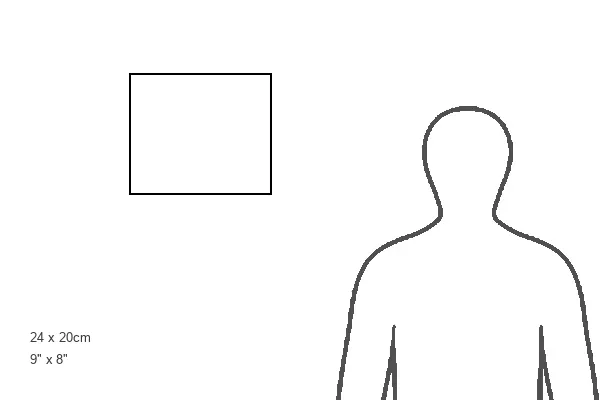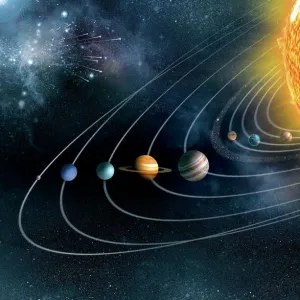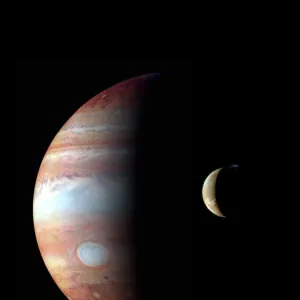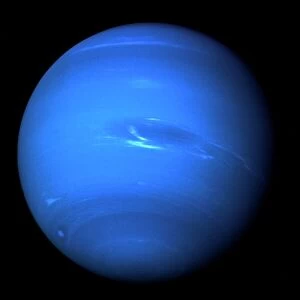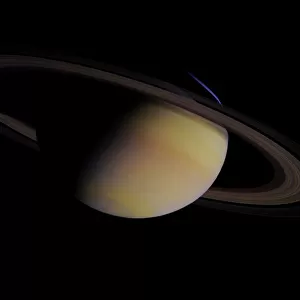Home > Science > Space Exploration > Planets > Pluto
Mouse Mat : Solar System 1860
![]()

Home Decor from Mary Evans Picture Library
Solar System 1860
The solar system as known to Victorian astronomers, Neptune is the farthest out - they have yet to learn about Pluto, which will not be located until 1930
Mary Evans Picture Library makes available wonderful images created for people to enjoy over the centuries
Media ID 570858
© Mary Evans Picture Library 2015 - https://copyrighthub.org/s0/hub1/creation/maryevans/MaryEvansPictureID/10001962
Diagram Planet Planetary Planets Solar Space System Systems
Mouse Pad
Standard Size Mouse Pad 7.75" x 9..25". High density Neoprene w linen surface. Easy to clean, stain resistant finish. Rounded corners.
Archive quality photographic print in a durable wipe clean mouse mat with non slip backing. Works with all computer mice
Estimated Image Size (if not cropped) is 23.7cm x 19.2cm (9.3" x 7.6")
Estimated Product Size is 23.7cm x 20.2cm (9.3" x 8")
These are individually made so all sizes are approximate
Artwork printed orientated as per the preview above, with landscape (horizontal) orientation to match the source image.
FEATURES IN THESE COLLECTIONS
> Maps and Charts
> Early Maps
> Science
> Space Exploration
> Planets
> Neptune
> Science
> Space Exploration
> Planets
> Pluto
> Science
> Space Exploration
> Solar System
EDITORS COMMENTS
Step back in time and explore the Solar System as it was understood in the Victorian era with this 19th-century diagram from Mary Evans Picture Library. Dated around 1860, this historical print showcases the Solar System as known to astronomers during this period. The inner planets, Mercury, Venus, Earth, and Mars, are depicted in greater detail due to their closer proximity to the Sun and more frequent observations. Beyond Mars, the asteroid belt is indicated, a region of space filled with countless small celestial bodies that were only recently discovered in the 1800s. The outermost known planet, Neptune, is shown in its then-known orbit, with its two newly discovered moons, Triton and Nereid. At the time, Neptune was the furthest known planet from the Sun, and the existence of other planets beyond it remained a mystery. It wasn't until 1930 that Pluto was located, and it would not be added to Solar System diagrams until much later. This intricately detailed diagram offers a fascinating glimpse into the historical understanding of our Solar System and the advancements in astronomical knowledge during the 19th century. With its meticulous labeling and precise illustration, it serves as a testament to the curiosity and scientific exploration that characterized the Victorian age.
MADE IN THE USA
Safe Shipping with 30 Day Money Back Guarantee
FREE PERSONALISATION*
We are proud to offer a range of customisation features including Personalised Captions, Color Filters and Picture Zoom Tools
SECURE PAYMENTS
We happily accept a wide range of payment options so you can pay for the things you need in the way that is most convenient for you
* Options may vary by product and licensing agreement. Zoomed Pictures can be adjusted in the Cart.


